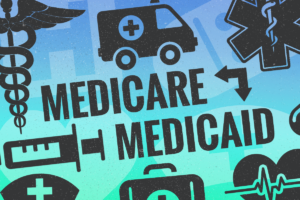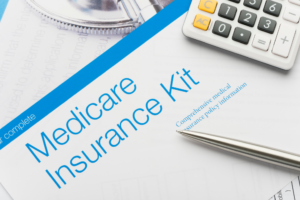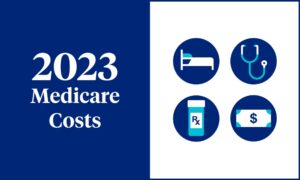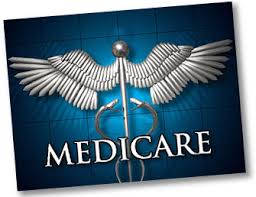Introduction to Medicare

Medicare can be a confusing topic. At Plan Medicare our goal is to make it easy. Today we will cover a brief introduction to Medicare.
Medicare is a federally operated government program that provides health insurance to individuals who are 65+, and to select individuals who are under 65. Individuals who are under the age of 65 are eligible to receive Medicare benefits if they are receiving Social Security Disability Insurance (SSDI) for 24 months, or have End-Stage Renal Disease (ESRD).
Medicare is run by The Centers for Medicare & Medicaid Services (CMS). This federally operated initiative is funded in part by Social Security and Medicare taxes that all taxpayers pay. It is also funded through premiums paid by Medicare recipients and partially by the federal budget.
Individuals who become eligible for Medicare can choose from two major options:
- Enrolling in Original Medicare, the traditional fee-for-service option that is offered through the federal government
Or
- By choosing to enroll in a Medicare Advantage Plan, which is a type of private insurance offered by private insurance companies.
If you choose option 1, and want to enroll in Original Medicare, there are two areas that are covered:
- Part A– which covers in-patient hospital stays
and
- Part B- which covers outpatient medical costs.
Option 1, (Original Medicare) does NOT cover prescription drugs nor does it cover 100% of costs. Most individuals who choose to enroll in an Original Medicare will also need to enroll in a Medicare Prescription Drug Plan (Part D Plan), and a Medicare Supplement Plan, which will cover the remaining 20% of costs that Original Medicare do not cover.
Option 2, (Medicare Advantage Plans), provide all Part A and Part B services, but they can do so with different rules, costs and restrictions. If you choose to enroll in a Medicare Advantage Plan, you will still owe a monthly Part B Premium (and potentially a Part A premium as well).Medicare Advantage Plans can also provide Part D coverage.
Some people confuse Medicare with Medicaid. Medicaid is an entirely different program, although both are run by the federal government. Medicaid is also working on the state level, to provide health insurance for people who are under a certain income level, and/or meet other criterion such as disability status, pregnancy etc.). An individual is able to have both Medicare and Medicaid at the same time, this is known as being dual-eligible.
It is very important to understand all of the Medicare options available, and to pick coverage carefully, with the help of an unbiased third party advisor. If you are looking for a New York Medicare Advisor, you should call 516-900-7877 to speak with one of our local Medicare advisors about your options. Our team of licensed agents can help guide you over the phone, in our New York City or Long Island offices, or we can even send an agent directly to your home.
How you choose to get your benefits and who you get them from can affect your out-of-pocket costs and where you can get your care. With option 1, Original Medicare, you are allowed to go to nearly any doctor in the country, so long as they accept Medicare. With a Medicare Advantage Plan, you may have a restricted network of doctors, meaning you have limited access to certain providers and hospitals. However, there are other benefits to a Medicare Advantage Plan, such as dental care, lower monthly costs and routine vision care. Working with a local New York Medicare Advisor is the best way to ensure you understand the nuances of Medicare.






